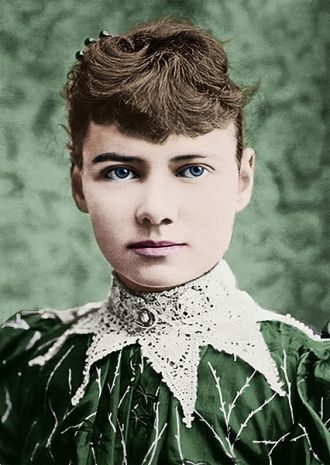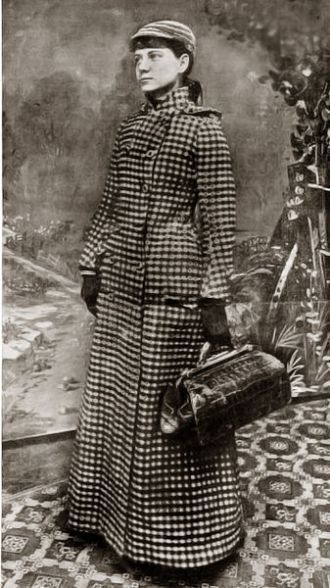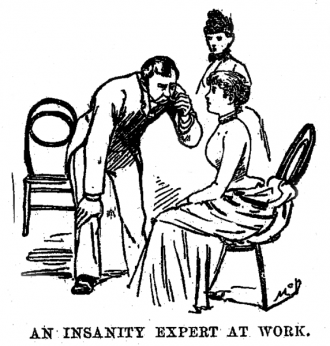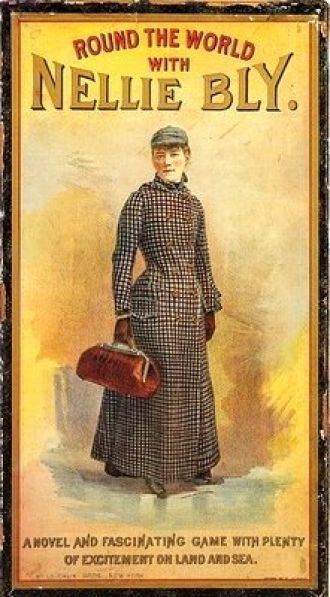USA, Jersey City
On Nov. 14, 1889, two female journalists, Nellie Bly of The New York World and Elizabeth Bisland of Cosmopolitan magazine, left New York to begin a trip around the world. The 25-year-old Bly had conceived of the idea after reading Jules Verne’s book “Around the World in 80 Days,” and Cosmopolitan decided to raise the stakes by sending Bisland to challenge her.
As reported in the next day’s New York Times, Bly boarded a steamship sailing toward England, while Bisland set off in the opposite direction, heading to San Francisco, where she would board a ship for Japan. Both women intended to complete their journeys in 75 days, besting Jules Verne’s character Phileas Fogg by five days.
Bly used numerous forms of transportation — including a ship, train, rickshaw, sampan, horse and donkey—in her travels through Europe, Egypt, modern-day Sri Lanka, Singapore and Hong Kong. She sent accounts of her journey to the New York World, which resulted in a large increase in readership. Bly even went out of her way to meet with Verne in Amiens, France, where the author wished her good luck.
Nellie Bly was celebrated as she traveled on her final leg through America, returning on Jan. 25, 1890 to New York, 72 days after she left. “Every one who read newspapers followed her progress and she landed in New York a national character,” The New York Times reported in her obituary. Meanwhile, Bisland was still traveling. She finished four days later than Bly.
Before her journey, Bly had worked as investigative journalist for The Pittsburgh Dispatch, reporting on poor working conditions for children and women in factories and traveling to Mexico to learn about the lives of the poor. Her most famous piece was published after joining The World, when she feigned mental illness to enter an insane asylum for women on New York’s Blackwell Island, which is today is called Roosevelt Island. Her exposé on the conditions brought reforms to the appalling conditions at the institution.
Connect to Today:
Nellie Bly achieved fame as a journalist at a time when there were few women in the field. In fact, her editor initially rejected her proposal to challenge character Phileas Fogg’s around-the-world record because he preferred a man for the project. As a New York Times television review of a PBS documentary on her life noted, “By making herself the center of her stories, she presaged the New Journalism of the 1960’s, and despite her dips into sensationalism she remained a model … for investigative reporters of all eras.”
In your opinion, in what, if any, fields do women face challenges today? Are there any unconventional or pioneering female professionals in today’s media you believe might be paving the way for future generations?
Source: http://learning.blogs.nytimes.com/2011/11/14/nov-14-1889-nellie-bly-begins-trip-around-the-world/?_r=0



 USA, Jersey City
USA, Jersey City









